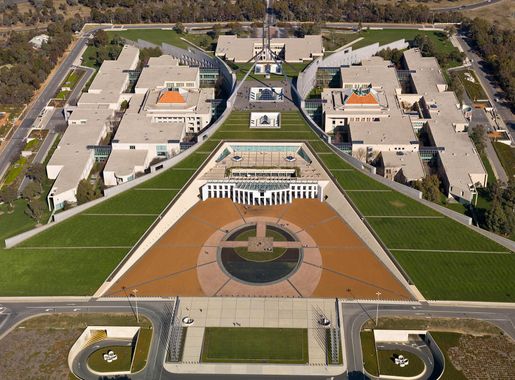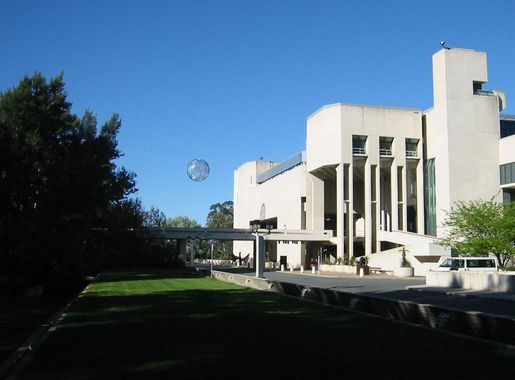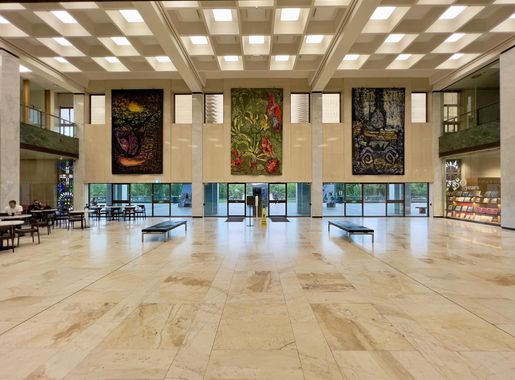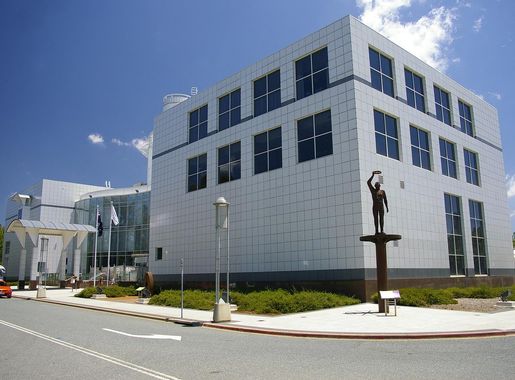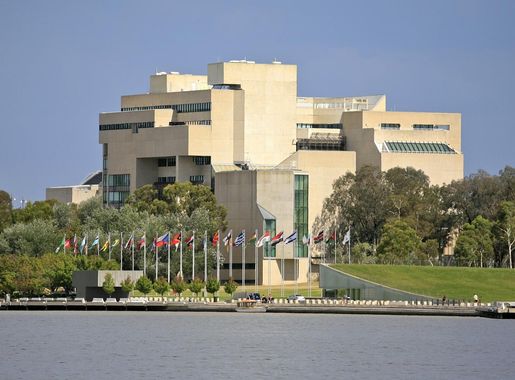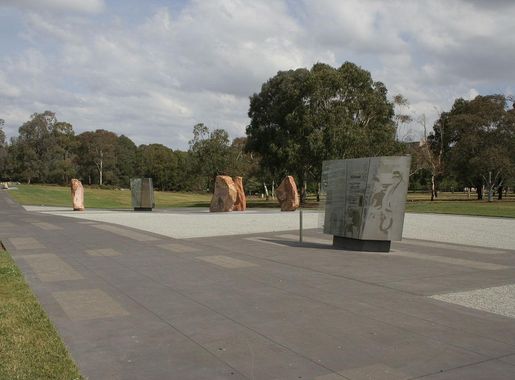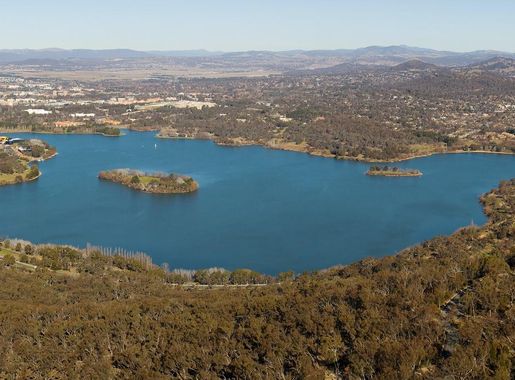
Discover the Heart of Australia's Capital: The Parliamentary Triangle
Explore the Parliamentary Triangle in Canberra: A Journey Through Australia's Political, Cultural, and Historical Landmarks.
The Parliamentary Triangle in Canberra is the beating heart of Australia's capital, offering a fascinating blend of history, politics, and culture. This meticulously planned area is home to some of the nation's most iconic landmarks, including the Australian Parliament House, the National Gallery of Australia, and the National Library of Australia. Each of these institutions offers a unique window into the country's rich heritage and contemporary life. Begin your journey at the Australian Parliament House, a marvel of modern architecture that stands as a symbol of Australia's democracy. Visitors can take guided tours to learn about the legislative process, explore the chambers, and even watch live parliamentary sessions. The building's vast lawns and panoramic views of Canberra make it a picturesque spot for photos. Next, immerse yourself in the world of art at the National Gallery of Australia. Home to an extensive collection of Australian, Indigenous, and international art, the gallery is a treasure trove of creativity. Don't miss the impressive sculpture garden, where you can stroll among works by renowned artists in a serene outdoor setting. For those with a thirst for knowledge, the National Library of Australia is a must-visit. Housing millions of books, manuscripts, and rare items, the library is a paradise for history buffs and literature lovers. Exhibitions and events regularly held here add to the enriching experience. The Parliamentary Triangle is also a hub for festivals and public events, making it a lively destination year-round. Whether you're a history enthusiast, an art lover, or simply looking to soak in the atmosphere of Australia's capital, the Parliamentary Triangle promises an unforgettable experience.
Local tips in Parliamentary Triangle
- Visit early in the morning or late in the afternoon to avoid crowds and enjoy the best light for photography.
- Check the schedule for parliamentary sessions if you want to watch live debates in the Australian Parliament House.
- Wear comfortable walking shoes as the area is expansive and best explored on foot.
- Pack a picnic to enjoy on the Parliament House lawns or by the picturesque Lake Burley Griffin.
- Take advantage of free guided tours available at most of the key attractions for a deeper understanding of their significance.
Discover the Heart of Australia's Capital: The Parliamentary Triangle
The Parliamentary Triangle in Canberra is the beating heart of Australia's capital, offering a fascinating blend of history, politics, and culture. This meticulously planned area is home to some of the nation's most iconic landmarks, including the Australian Parliament House, the National Gallery of Australia, and the National Library of Australia. Each of these institutions offers a unique window into the country's rich heritage and contemporary life. Begin your journey at the Australian Parliament House, a marvel of modern architecture that stands as a symbol of Australia's democracy. Visitors can take guided tours to learn about the legislative process, explore the chambers, and even watch live parliamentary sessions. The building's vast lawns and panoramic views of Canberra make it a picturesque spot for photos. Next, immerse yourself in the world of art at the National Gallery of Australia. Home to an extensive collection of Australian, Indigenous, and international art, the gallery is a treasure trove of creativity. Don't miss the impressive sculpture garden, where you can stroll among works by renowned artists in a serene outdoor setting. For those with a thirst for knowledge, the National Library of Australia is a must-visit. Housing millions of books, manuscripts, and rare items, the library is a paradise for history buffs and literature lovers. Exhibitions and events regularly held here add to the enriching experience. The Parliamentary Triangle is also a hub for festivals and public events, making it a lively destination year-round. Whether you're a history enthusiast, an art lover, or simply looking to soak in the atmosphere of Australia's capital, the Parliamentary Triangle promises an unforgettable experience.
Iconic landmarks you can’t miss
Australian War Memorial
Explore the profound history of Australia's military at the Australian War Memorial, an iconic tribute to bravery and sacrifice in the heart of Canberra.
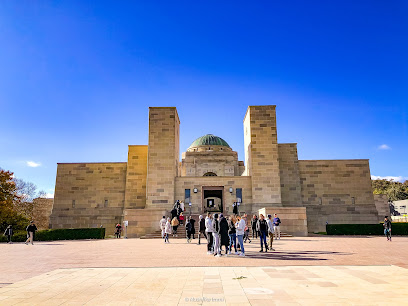
Reconciliation Place
Discover the serene beauty and deep significance of Reconciliation Place, a memorial park celebrating unity and healing in Australia's cultural landscape.
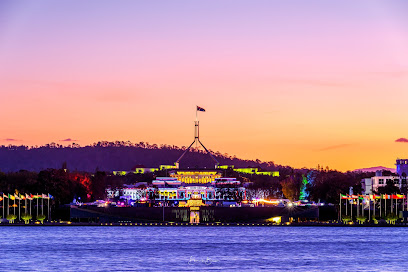
Senate Gardens | Old Parliament House Rose Gardens
Discover the beauty and history of the Senate Gardens at Old Parliament House, a serene oasis in the heart of Canberra, perfect for relaxation and exploration.
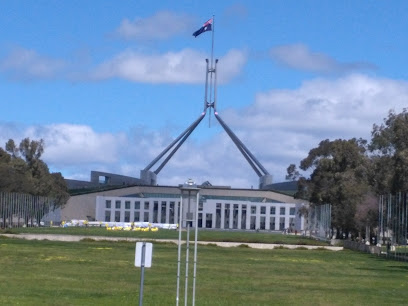
Captain James Cook Memorial
Discover the Captain James Cook Memorial in Parkes, a historic tribute to exploration and maritime heritage surrounded by beautiful landscapes.

Calthorpes House
Explore Calthorpes House in Red Hill, a historical museum that reveals the charm of Australia’s domestic heritage through its preserved architecture and lush gardens.
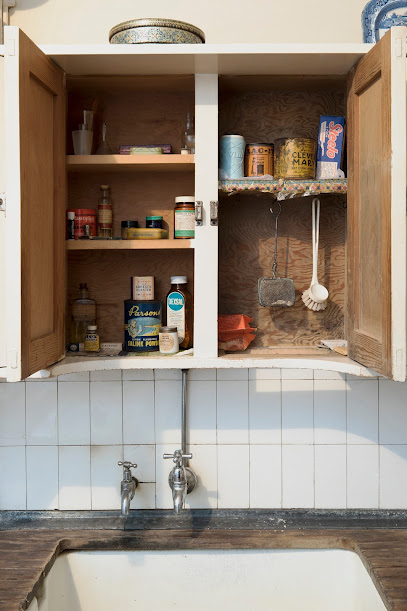
Captain Cook Memorial Globe
Discover the Captain Cook Memorial Globe in Parkes, a stunning tribute to maritime exploration and a perfect spot for relaxation and reflection.
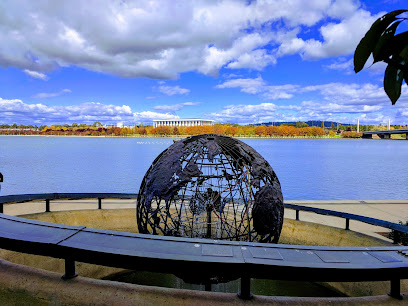
National Triangle
Discover the serene beauty and cultural significance of the National Triangle in Canberra, Australia's captivating capital park.
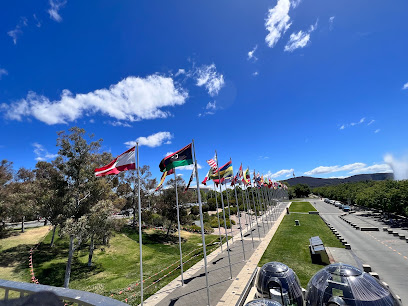
King George V Memorial
Explore the King George V Memorial in Parkes, a historical landmark celebrating Australia's ties to the British crown amidst tranquil gardens.
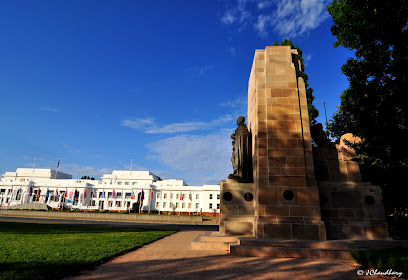
Canberra's National Triangle self-guided walking tour
Experience the rich history and culture of Australia with a self-guided walking tour through Canberra's iconic National Triangle, featuring stunning landmarks.
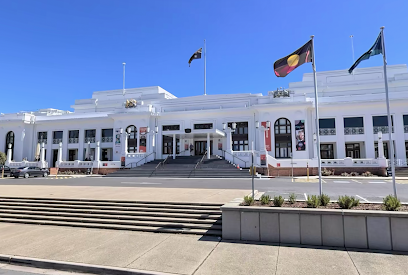
Old Parliament House (Back entry)
Explore the rich history and stunning architecture of Old Parliament House, a pivotal landmark in Australia's political landscape.

Unmissable attractions to see
Cockington Green Gardens
Explore the enchanting Cockington Green Gardens, a miniature wonderland in the heart of Australia's Capital Territory, perfect for family adventures and serene escapes.
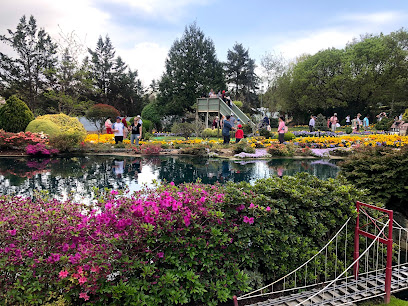
National Carillon
Experience the enchanting melodies and stunning views at the National Carillon, a cultural gem in the heart of Parkes, ACT.
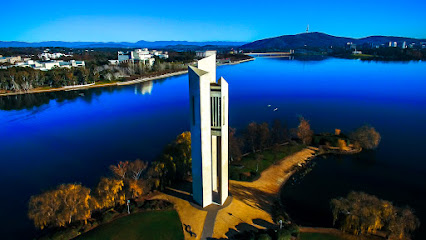
National Triangle
Discover the National Triangle, where nature meets culture in Canberra's iconic parkland, featuring stunning views and significant national monuments.
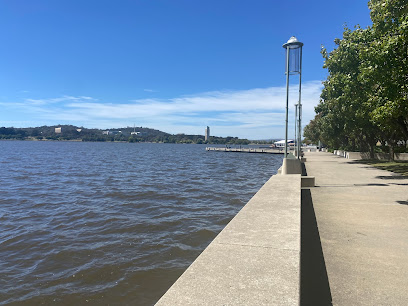
Canberra's National Triangle self-guided walking tour
Explore the historical and cultural heart of Australia with Canberra's National Triangle self-guided walking tour, a scenic journey through iconic landmarks.
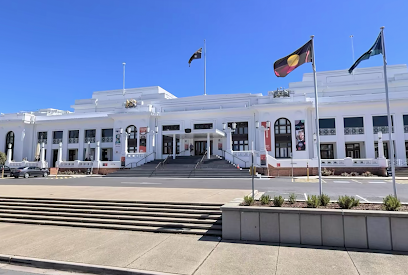
Essential places to dine
Raku
Discover authentic Japanese flavors at Raku in Canberra—where culinary excellence meets cultural tradition.
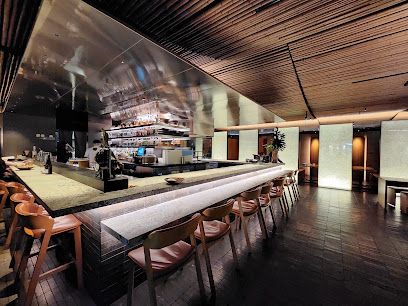
Courgette Restaurant
Experience modern Australian cuisine at Courgette Restaurant in Canberra - where innovation meets local flavor.
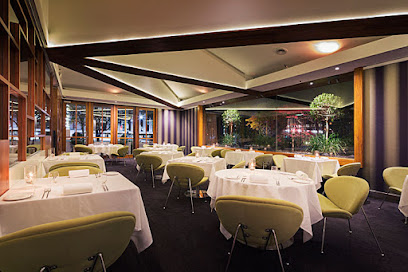
BlackFire Restaurant Canberra
Discover exquisite Mediterranean flavors at BlackFire Restaurant Canberra—where every meal is a celebration of taste and culture.
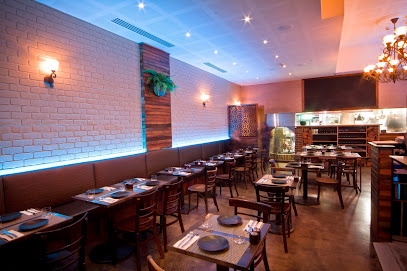
Monster Kitchen and Bar
Experience culinary excellence at Monster Kitchen and Bar in Canberra - where fresh ingredients meet innovative flavors in a stylish setting.
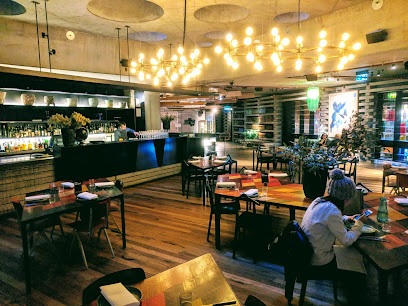
Terra Canberra
Experience Terra Canberra: A culinary haven offering fresh local flavors in a family-friendly atmosphere.
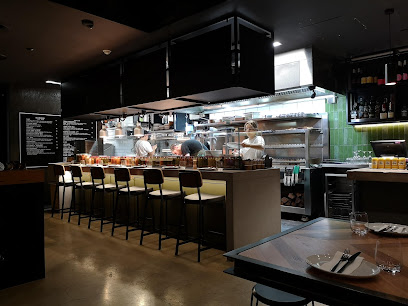
Temporada
Discover Temporada: A premier dining destination in Canberra offering seasonal Australian cuisine and an exquisite culinary experience.
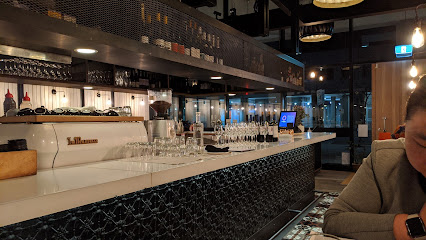
Banana Leaf Restaurant
Experience authentic Sri Lankan flavors at Banana Leaf Restaurant in Canberra - a culinary journey that delights every palate.
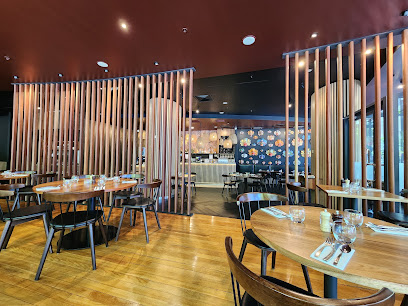
Capitol Bar & Grill Restaurant
Experience Canberra's premier dining destination at Capitol Bar & Grill, where gourmet grilled dishes meet exceptional service in a vibrant atmosphere.
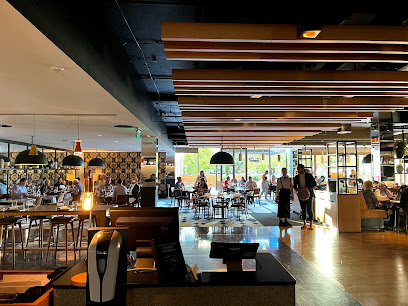
Mezzalira Italian Restaurant
Experience authentic Italian cuisine at Mezzalira Restaurant in Canberra – where every dish tells a story of tradition and flavor.
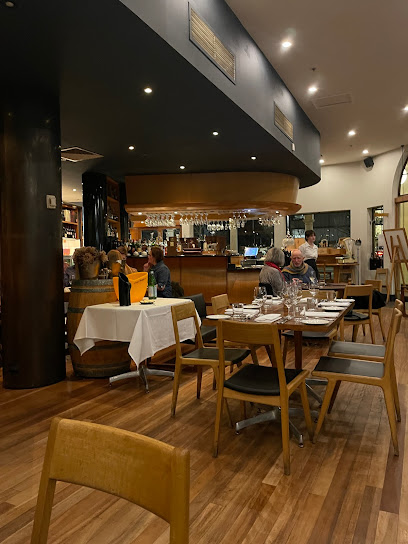
Chatham House Restaurant at The National Press Club of Australia
Experience exquisite Australian cuisine at Chatham House Restaurant in The National Press Club – where culinary excellence meets cultural significance.

Markets, malls and hidden boutiques
Australian Choice
Explore authentic Australian souvenirs at Australian Choice in Canberra, where unique treasures and cultural heritage await every traveler.
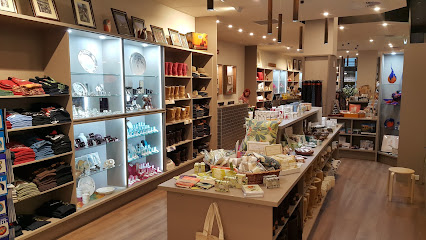
Designer Op Shop Emporium
Explore the Designer Op Shop Emporium in Fyshwick for vintage treasures, unique homewares, and a cozy café experience.
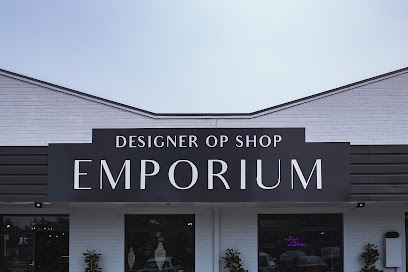
Parliament Shop
Explore the Parliament Shop in Canberra for unique gifts and souvenirs that highlight Australia's parliamentary heritage and culture.
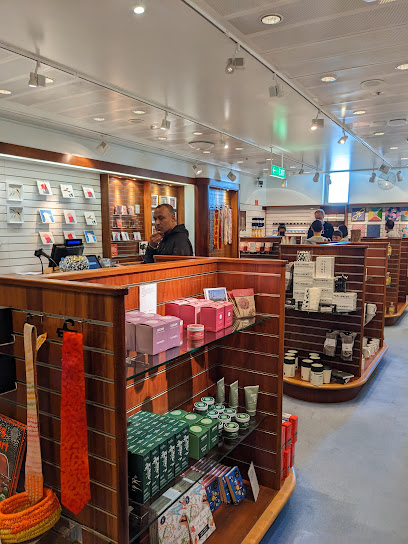
Hive
Explore Hive in Braddon - a charming gift shop filled with unique, locally crafted items and memorable souvenirs for every traveler.
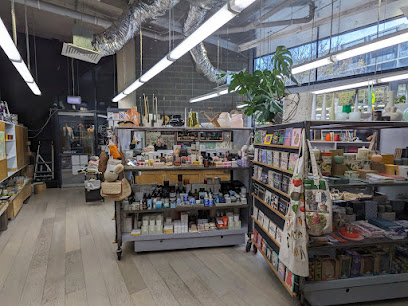
Lilly cooper
Discover unique treasures and artisan gifts at Lilly Cooper, the perfect gift shop in Griffith's vibrant shopping precinct.
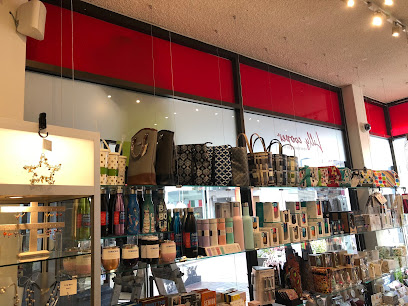
Andi's Gift Store
Discover unique gifts and local treasures at Andi's Gift Store in Braddon, the perfect place for memorable souvenirs and charming keepsakes.

Storywood
Explore Storywood, Canberra's charming gift shop, featuring unique local crafts and souvenirs that capture the essence of Australia.
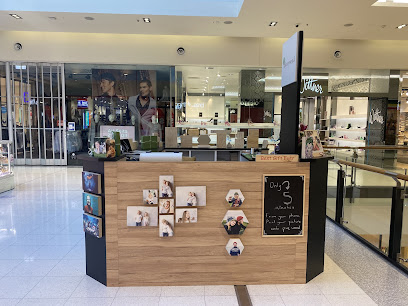
Parliament
Unveil your style at Parliament Clothing Store in Fyshwick, where fashion meets individuality in an inviting atmosphere.
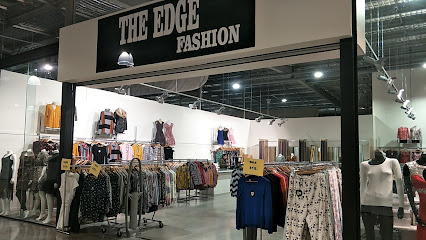
NGA Shop
Discover unique art-inspired gifts at the NGA Shop in Canberra, where creativity meets culture amidst stunning Australian art.
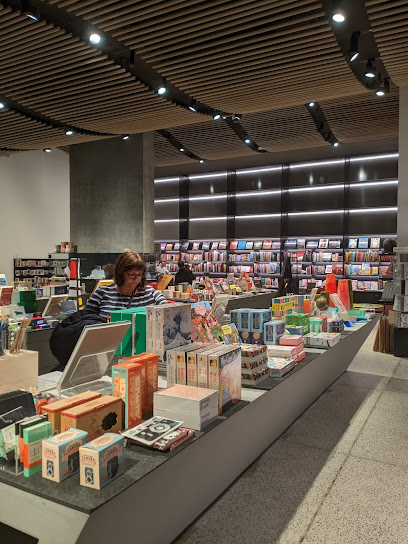
Bouji
Explore Bouji, Braddon's charming homewares store offering unique gifts and stylish decor that celebrates local craftsmanship and creativity.
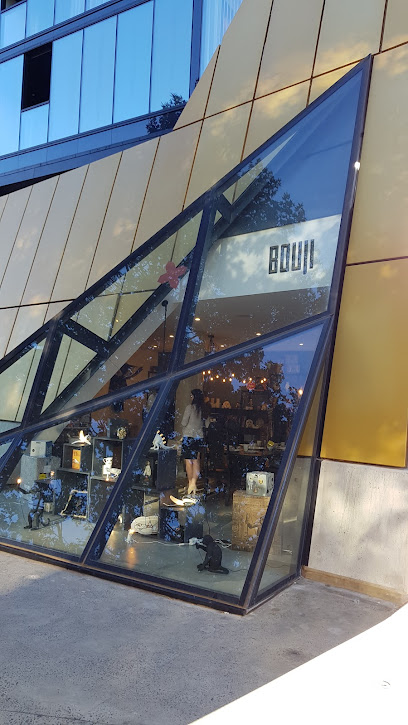
Essential bars & hidden hideouts
King O'Malley's
Discover the vibrant atmosphere and authentic Irish experience at King O'Malley's, a premier pub in the heart of Canberra.
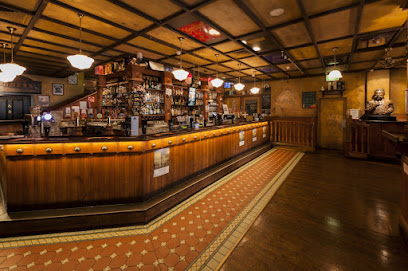
Molly
Discover Canberra's hidden gem for creative cocktails and a vibrant nightlife at Molly Cocktail Bar.
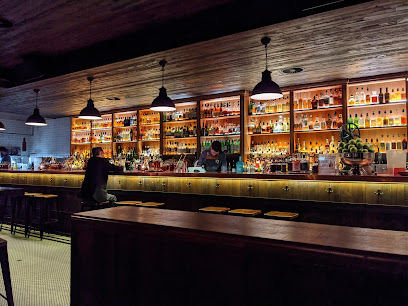
Hippo Co
Experience the vibrant ambiance and exquisite cocktails at Hippo Co, Canberra's top cocktail bar and jazz club for an unforgettable night out.
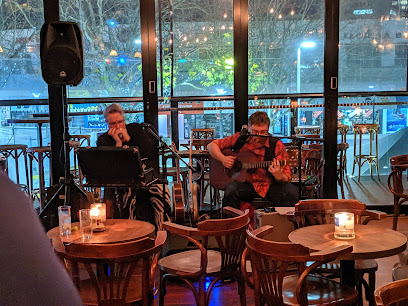
Bar Rochford
Discover Bar Rochford: Canberra's stylish bar and restaurant offering exquisite drinks and delectable dishes in a cozy, hidden venue.
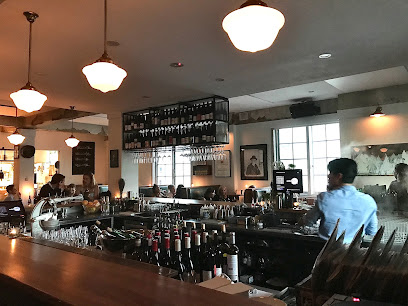
Bar Beirut
Experience the best of Middle Eastern cuisine and cocktails in Canberra at Bar Beirut, where every visit is a flavorful journey.
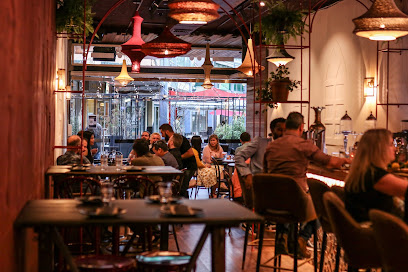
White Rabbit Cocktail Room
Discover the elegance of crafted cocktails and a vibrant atmosphere at the White Rabbit Cocktail Room in Canberra.
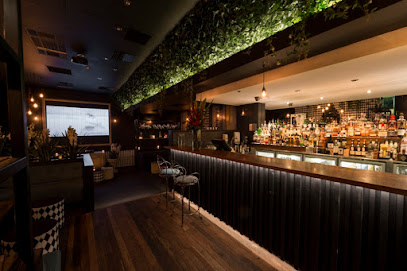
Blackbird bar
Discover the energetic nightlife of Blackbird Bar in Canberra, offering live music, a disco atmosphere, and a superb drink selection.
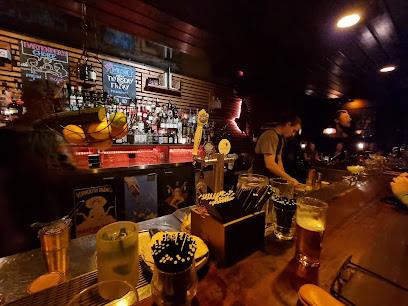
Leyla Bar
Experience the vibrant nightlife at Leyla Bar in Barton, Canberra, where exquisite drinks meet a lively social atmosphere.
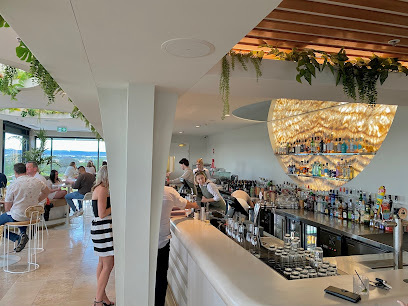
The Howling Moon
Discover the vibrant nightlife at The Howling Moon, a premier bar and event venue in Braddon, ACT, offering stunning views and a lively atmosphere.

Bootleg Bar
Experience the vibrant nightlife of Canberra at Bootleg Bar, where affordable drinks and lively atmosphere create unforgettable moments.
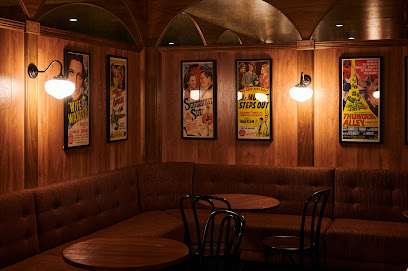
Local Phrases
-
- HelloG'day
[g'day] - GoodbyeSee ya
[see ya] - YesYeah
[yeah] - NoNah
[nah] - Please/You're welcomePlease/No worries
[please/no worries] - Thank youCheers
[cheers] - Excuse me/SorrySorry
[sorry] - How are you?How ya going?
[how ya going?] - Fine. And you?Good. You?
[good. you?] - Do you speak English?You speak English?
[you speak English?] - I don't understandI don't get it
[i don't get it]
- HelloG'day
-
- I'd like to see the menu, pleaseMenu, please
[menu, please] - I don't eat meatNo meat for me
[no meat for me] - Cheers!Cheers!
[cheers!] - I would like to pay, pleaseBill, please
[bill, please]
- I'd like to see the menu, pleaseMenu, please
-
- Help!Help!
[help!] - Go away!Bugger off!
[bugger off!] - Call the Police!Call the cops!
[call the cops!] - Call a doctor!Get a doctor!
[get a doctor!] - I'm lostI'm lost
[i'm lost] - I'm illI'm sick
[i'm sick]
- Help!Help!
-
- I'd like to buy...I wanna buy...
[i wanna buy...] - I'm just lookingJust looking
[just looking] - How much is it?How much?
[how much?] - That's too expensiveToo pricy!
[too pricy!] - Can you lower the price?Can you do a deal?
[can you do a deal?]
- I'd like to buy...I wanna buy...
-
- What time is it?What's the time?
[what's the time?] - It's one o'clockIt's one
[it's one] - Half past (10)Half ten
[half ten] - MorningMorning
[morning] - AfternoonArvo
[arvo] - EveningEvening
[evening] - YesterdayYesterday
[yesterday] - TodayToday
[today] - TomorrowTomorrow
[tomorrow] - 1One
[one] - 2Two
[two] - 3Three
[three] - 4Four
[four] - 5Five
[five] - 6Six
[six] - 7Seven
[seven] - 8Eight
[eight] - 9Nine
[nine] - 10Ten
[ten]
- What time is it?What's the time?
-
- Where's a/the...?Where's the...?
[where's the...?] - What's the address?What's the address?
[what's the address?] - Can you show me (on the map)?Show me on the map?
[show me on the map?] - When's the next (bus)?When's the next (bus)?
[when's the next (bus)?] - A ticket (to ....)A ticket (to ....)
[a ticket (to ....)]
- Where's a/the...?Where's the...?
History of Parliamentary Triangle
-
Canberra was established as the capital of Australia in 1913, with the Parliamentary Triangle designed by architect Walter Burley Griffin. This area was conceived as the political heart of the nation, emphasizing the importance of governance and accessibility. The design incorporates elements of nature and landscape, reflecting Griffin's vision of a harmonious blend of urban and natural environments.
-
The original Parliament House was completed in 1927, symbolizing the newly formed nation's aspirations. However, as the Australian population and political landscape grew, the need for a larger and more modern facility became apparent. The current Parliament House, which opened in 1988, was designed to be more accessible and reflective of democratic values, with its distinctive grass-covered roof blending into the surrounding landscape.
-
The Parliamentary Triangle serves as a focal point for national ceremonies and events, such as Australia Day celebrations and ANZAC Day commemorations. The area is lined with important institutions, including the High Court of Australia and the National Gallery of Australia, making it a hub for cultural and civic life in the capital.
-
Beyond the political significance, the Parliamentary Triangle is home to several cultural institutions that reflect Australia's diverse heritage. The National Museum of Australia and the National Library of Australia showcase the nation's history, art, and culture, making the area a vital part of the country's cultural landscape.
-
Today, the Parliamentary Triangle continues to be the center of Australian political life, housing not only the Parliament House but also the offices of key politicians and bureaucrats. The area is a symbol of democracy and governance, attracting visitors from across the country and the world who seek to understand the workings of Australian politics.
Parliamentary Triangle Essentials
-
The Parliamentary Triangle is centrally located in Canberra, and can be accessed easily from various neighborhoods. From the city center, you can take a short bus ride on the ACTION bus network, which offers services directly to the Triangle. Alternatively, taxis and rideshare services like Uber are widely available. If you’re arriving by train, the nearest station is Canberra Railway Station, from which you can take a taxi or a bus. For those driving, ample parking is available, but be aware of parking fees.
-
The Parliamentary Triangle is best explored by foot, as many attractions are within walking distance of each other. Public transport options include buses that connect various points within the Triangle. Bicycles can also be rented at various locations; dedicated bike paths make cycling a pleasant way to navigate the area. Additionally, guided tours are available that cover major sites, providing a comprehensive overview of the neighborhood.
-
The Parliamentary Triangle is generally safe for tourists, with a low crime rate. However, it is advisable to stay vigilant, particularly in less populated areas during the evening. Avoiding isolated spots after dark is recommended. While there are no specific high-crime areas targeting tourists, petty crimes such as pickpocketing can occur in crowded places. Always keep your belongings secure and be aware of your surroundings.
-
In emergencies, dial 000 for police, fire, or ambulance services in Australia. Familiarize yourself with the nearest hospital and medical facilities, such as The Canberra Hospital. It is advisable to carry a local phone number for emergencies, and consider having travel insurance that covers medical emergencies. Pharmacies are available within the Triangle for minor health issues and over-the-counter medications.
-
Fashion: Do wear comfortable shoes for walking; dress modestly when visiting official buildings. Don't wear overly casual attire like beachwear in formal settings. Religion: Do respect the national significance of sites like the Australian War Memorial. Public Transport: Do give priority to the elderly and disabled; don't eat or drink on buses. Greetings: Do greet with a friendly smile and a 'hello'; don't be overly formal. Eating & Drinking: Do enjoy local cafes and try Australian wines; don't consume alcohol in public spaces like parks.
-
To experience the Parliamentary Triangle like a local, consider visiting the local markets for fresh produce and artisan goods. Attend free events at the National Gallery of Australia or the National Library, which often host exhibitions and activities. Engage with the local culture by participating in guided walking tours that highlight the history and architecture of the area. Additionally, take time to relax in the many parks and gardens, such as the Commonwealth Park, which offers beautiful scenery and picnic spots.
Trending Landmarks in Parliamentary Triangle
Nearby Cities to Parliamentary Triangle
-
Things To Do in Sydney
-
Things To Do in Melbourne
-
Things To Do in Byron Bay
-
Things To Do in Hobart
-
Things To Do in Gold Coast
-
Things To Do in Surfers Paradise
-
Things To Do in Brisbane
-
Things To Do in Adelaide
-
Things To Do in Noosa
-
Things To Do in Kangaroo Island
-
Things To Do in Airlie Beach
-
Things To Do in The Whitsundays
-
Things To Do in Phillip Island
-
Things To Do in Kingston
-
Things To Do in Burnt Pine

